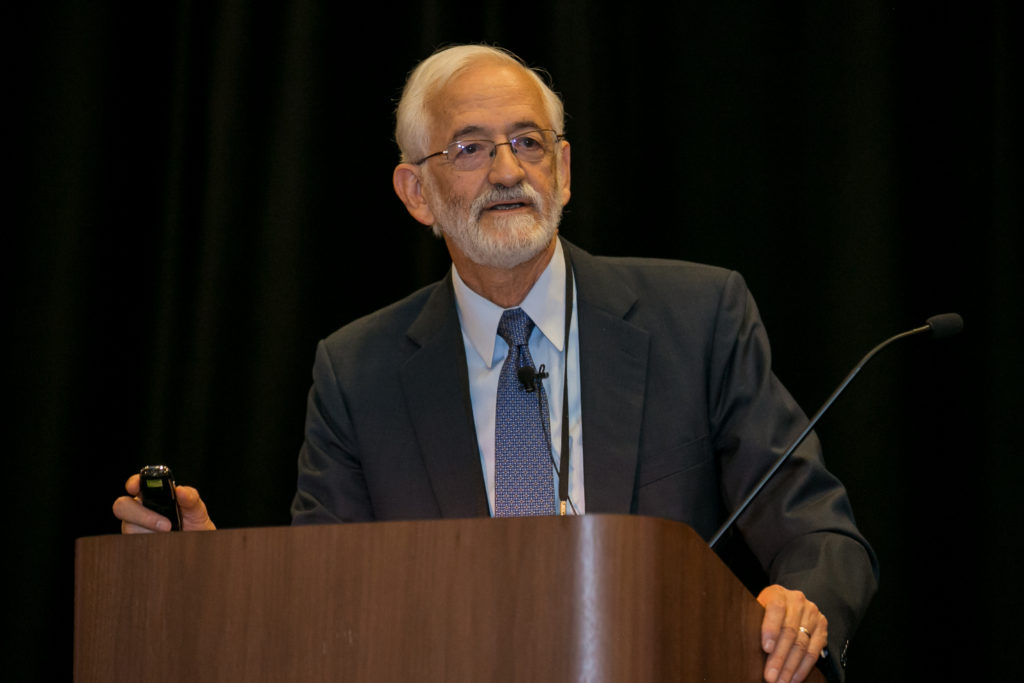CPI or HPI? Chronology of Present Illness May Help Avoid Diagnostic Pitfalls
By Susan Carr | Senior Writer, ImproveDx
In “A Beginning, a Middle, and an End: The Difference Between Chronology and History,”1 historian Ken Durr explains that writing history involves more than simply recording facts. History writers select which events and details to emphasize and craft storylines to engage the reader and deliver a message. In that sense, writers of history interpret and package the truth to make a point. Durr emphasizes the need to keep the reader engaged; if the story is a “miserable read,” the writer will lose his or her chance to inform.
Physicians are historians of a sort. They “take” the patient’s history (by one estimate, between 100,000 and 200,000 times in a career),2 exploring the reasons why the patient seeks consultation and uncovering other details to supply context. Traditionally, physicians are trained to treat patient histories (the History of Present Illness, or HPI) as narrative storytelling culminating in diagnosis.3
Clinicians and educators at the Stanford University School of Medicine use an alternative approach to taking the patient’s history, which replaces narrative complexity with chronological clarity that is not invested in a storyline or diagnosis. Chronology may not offer a great “read,” but it offers advantages including protection against some pitfalls in the diagnostic process.
Chronology as an Organizing Principle
Kelley Skeff, MD, PhD, George DeForest Barnett Professor at Stanford University School of Medicine, developed the alternate framework for patient history-taking, the Chronology of Present Illness, or CPI.4 CPI pre-empts wordiness and narrative creativity with a complete list of events – symptoms, treatments, responses, and activities – recorded in the order in which they occurred and written in an efficient format. Dates are listed on the left and details of the history are recorded to the right, often (but not necessarily) displayed as a bulleted list.
CPI is designed to save time and capture a complete history. The process also separates history-taking from analysis, clearing the way mentally for clinical reasoning and diagnosis.

Skeff began using and teaching CPI more than 30 years ago, before awareness of diagnostic error grew into the current-day movement. Skeff and others now see that CPI offers numerous advantages in the diagnostic process. Insufficient data collection, premature closure, and other cognitive biases are among the pitfalls that CPI can help clinicians avoid. It also helps communication among care team members, including patients.3
Skeff described CPI in a keynote address titled “The Power of the Patient Narrative” at the Diagnostic Error in Medicine conference held in New Orleans in November 2018.
Results of a Pilot Study
Although the process is efficient overall, in a 2-week pilot study of CPI,3 residents at Stanford University found that generating a patient history in the new format was more time-consuming than HPI, at least at first. CPI was new for the participants in the study, which likely affected their speed, but some of the extra time was incurred in pre-work, preparing for the patient interview. Physicians may begin to draft the CPI prior to the interview by reviewing the patient’s chart. The patient interview may also take longer with CPI because it demands more detail. Laura Mazer, MD (a colleague of Dr. Skeff at Stanford and involved in the study) reports, “Not always,…but with a complicated patient, it [CPI] will take more time because it's forcing you to do the job right.”5(np)
The pilot study included 22 internal medicine residents who were rotating on the night shift and the residents to whom they handed off in the morning. Researchers gathered the residents’ responses to a questionnaire pre and post intervention as well as open-ended comments after a two-week rotation. Both groups of residents felt CPI offered improved clarity in the note itself and more concise, effective verbal communication about patients at the morning hand-off. Some commented that CPI prompted them to be better prepared for patient interviews and helped them organize their interactions with patients. Others reported that patients “felt that a CPI-oriented interview made it easier for them to tell their story.”3(p186)
The researchers observe that the CPI format seems better suited to electronic records than the narrative format of HPI. With CPI, many of the problems caused by copying and pasting large amounts of text electronically are avoided. There is less copy to begin with and, if errors and extraneous information do appear in the CPI, they may be more likely to be discovered and addressed, less likely to be carried forward as “chart lore.”3(p187) It is easier to catch errors and correct notes in real time when the history is written in list form than in prose.4
In a letter-to-the-editor titled “The Illness of Present Histories,” two physicians (including Jeffrey Chi, MD, who was involved in the pilot study at Stanford) say the narrative approach of HPI is a vestige of an earlier time:
"The idyllic scenario of a student handcrafting a thorough history has been replaced by a digital scavenger hunt."6(p434)
In settings where time pressures are intense and scanning information quickly is a necessary skill, narrative prose seems “outdated and impractical.”6(p434)
Methods for Teaching History-Taking
In 2015, researchers performed a systematic review2 of methods being used to teach history-taking in undergraduate medical education. Across 23 published studies, they found wide variation in educational techniques, including traditional lectures, role-playing workshops, Web-based training, and a simulation program using Lego blocks. They did not find that one approach was clearly superior to another. The researchers report that lack of a common model and definition of history-taking makes comparative study difficult. Even if there were a consistent, accepted definition, history-taking varies by specialty, context, and circumstances:
"… a “good” medical interview in an emergency ward would differ distinctly from a “good” first interview in a psychiatric medical practice."2(p2)
CPI, which was not included in the study, could possibly supply a common framework for use in different settings, at least as a starting point.
Taking History Without Predisposition
Researchers have observed that students’ communication skills deteriorate during medical school, with the steepest decline occurring in interviewing skills.3,7 As trainees gain more medical knowledge, become more confident in their clinical reasoning, and feel increased production pressure, they may be inclined to jump to conclusions more quickly. Conversely, renewed training can help students and others refocus their attention to detail and avoid premature closure.2,7
Skeff and his colleagues point out that using a chronological timeline:
"…allows physicians to concentrate on symptom evolution instead of struggling with how to organize the data, or deciding which details to include in the initial history."3(p187)
Treating history-taking as a discrete activity and not trying to multitask lessens the cognitive load and allows more space for reflection and building a differential diagnosis.3,4 If the narrative is written with a presumed diagnosis in mind, details may be omitted that don’t seem to be relevant because they don’t conform to the current thinking.8
Storytelling as Therapy
The patient interview and HPI are crucial information gathering and processing activities, with profound effects on the process of diagnosis. They also can embody patient-centeredness and anchor the patient-physician relationship.8 In addition, the prose form of HPI is a familiar vehicle for telling stories and making meaning out of experience.
More than 20 years ago, Herbert M. Adler, MD, a psychiatrist at Jefferson Medical College, studied the implications of the process of HPI as a treatment, as therapeutic for the patient. In Adler’s view, in the course of the interview, the physician helps the patient tell his or her story, “transforming the chaos of experience into a coherent narrative,”9(p28) helping patients make sense of their illness.
The bullet points of CPI may initially seem cold and less evocative than prose, but they offer an efficient way for patients and physicians to develop an important story. That process may be better suited to current practice than HPI and less prone to diagnostic pitfalls.

In this Issue:
Get ImproveDx in Your Inbox
Don't miss an article. Get the Society to Improve Diagnosis (SIDM)'s newsletter delivered to your inbox.
